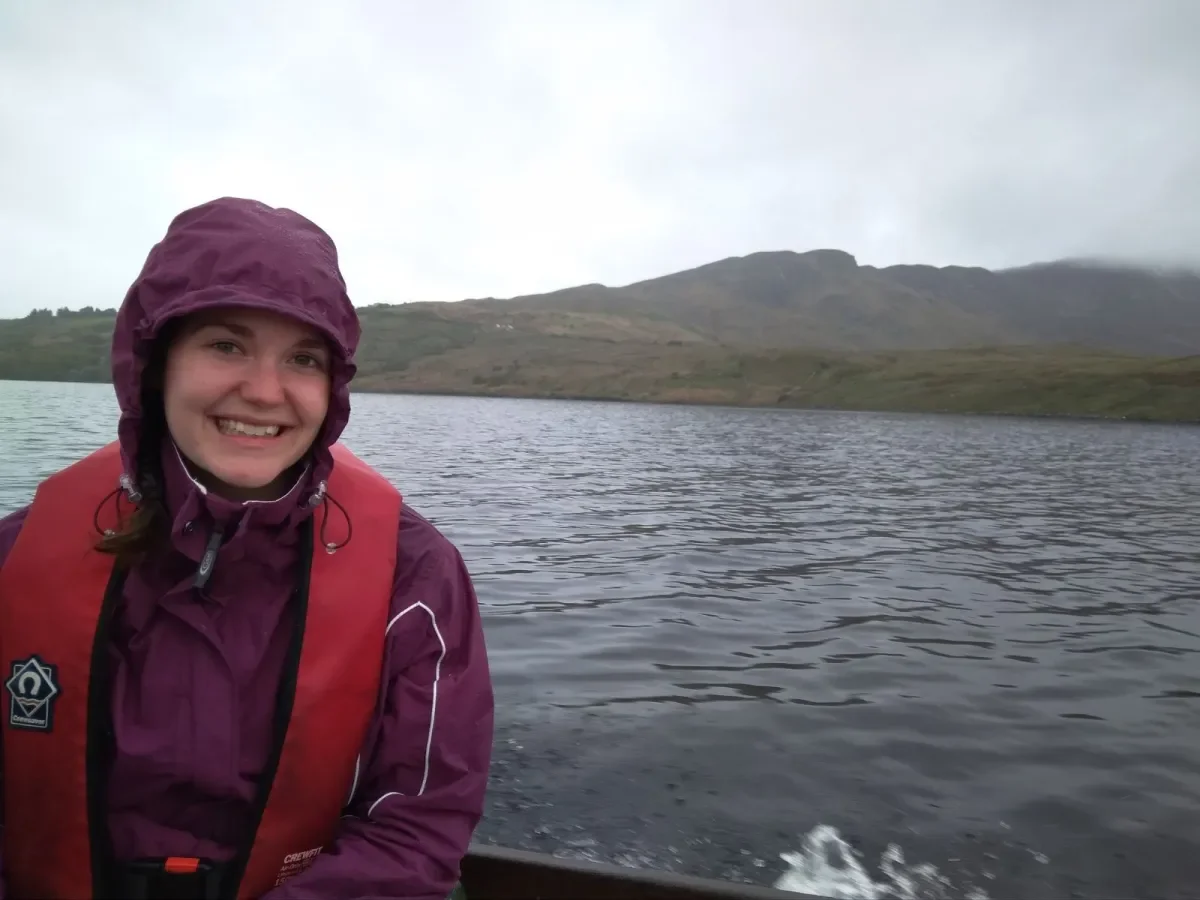

SoBT Molecular Genetics Group Demonstrate Potential of New Methods for Environmental Monitoring
Freshwater is an essential habitat for many organisms including those of economic and conservation importance. Unfortunately, these waters are consistently under threat from human activities, such as pollution and the building of dams, leading to habitat degradation with significant consequences for species who utilise such environments. These threats are resulting in an increasing decline of species populations and overall biodiversity of freshwater habitats.
As such, there is a vested interest in improving methods used to monitor these environments with councils, parliaments and national bodies demonstrating a growing interest in preserving freshwater ecosystems.
Researchers based in the Molecular Genetics Group in the School of Biotechnology have recently validated an alternative molecular method they developed for measuring the presence of particular species of fish in freshwater sources towards monitoring their presence in aquatic habitats. This work is part of the Burrishoole Ecosystem Observatory Network 2020 (Beyond2020) which is a multi-institute research cluster that is working with the Marine Institute Newport Catchment Facilities to build on the existing biological and sensor monitoring programme in the Burrishoole catchment in County Mayo by using next generation science and technology to inform ecosystem response to environmental change.
‘In the environmental analyses field, there is a demand for methods which are not only practical for deployment in the various terrains and climates home to freshwater sources, such as lakes and rivers, but also operate, detect, and interpret molecular signatures within specific scientific limits,’ explains Molly-Ann Williams, first author on the publication.
‘Our interest has been in the application of CRISPR-Cas for environmental monitoring, specifically in observing aquatic species that utilise freshwater environments as their habitat. For a long time, tracking of these organisms was done by methods that involve physically catching the fish. This allows analysts to survey numbers, and discover population habitats. However, these means are expensive, labour-intensive, and potentially harmful to the species of interest’.
‘This prompted the development and implementation of non-invasive molecular approaches, such as qPCR, for detecting and measuring genetic signatures left by the animals in water samples, without any direct contact or interference with such. These genetic signatures are termed environmental DNA.’
‘We previously developed, validated, and published on the first application of CRISPR-Cas technology for detecting Atlantic salmon from water samples collected from Irish rivers. In our new study, we have examined the applicability of our assay, in comparison to current molecular approaches, in a second ecosystem in eastern Canada, towards finding out whether this a viable, and potentially leading-edge approach for this area moving forward’.
In collaboration with partners from the DCU Water Institute, and Université Laval, University of New Brunswick, and Ministère des Forěts, all based in Canada, the Molecular Genetics Group demonstrate how their method not only equals methods such as qPCR in monitoring Salmo salar, but how it has been adapted to overcome the challenges existing technologies have faced up to now.
‘qPCR has been the gold-standard in so far as detecting and quantifying the eDNA signature left by aquatic species in water samples’, explains Prof. Anne Parle-McDermott, Principal Investigator of the Molecular Genetics Laboratory and senior author on the publication, ‘however the technology is difficult to bring into the field and the data generated requires interpretation by skilled professionals.’
‘Owing to the simplicity of CRISPR-Cas detection, our method overcomes these limitations, moving towards in field monitoring and allowing analysts to accurately detect a single species from the community of species living in complex environments such as freshwater sources’.
‘We confirmed this by applying our test to 79 sampling sites, situated across two rivers located in eastern Canada'.
‘Having now validated our test in freshwater ecosystems native to both Ireland and Canada, we believe we have presented a viable alternative to qPCR in the detection of single-species within these environments. Based on our findings, with further development we believe there is a lot of potential in this technology that may position it ahead of qPCR in certain applications – such as detecting closely related species or subspecies within an ecosystem’.
‘We believe this approach could add to a growing toolbox of environmental monitoring methodology, with significant economic and conservation benefits.’
For more information, the article can be accessed here.
